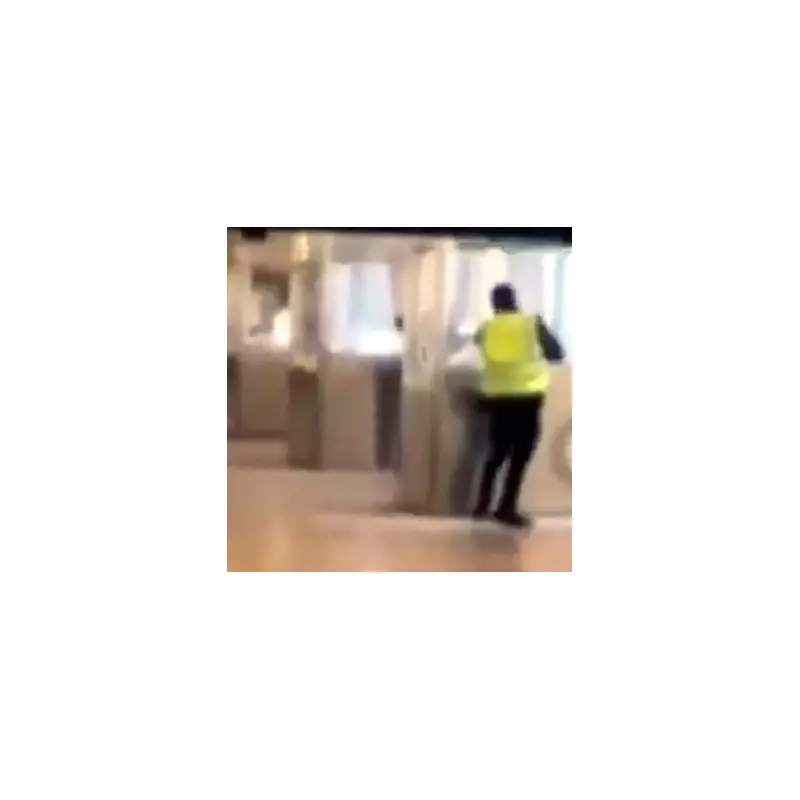
In a stunning development that has left French investigators scratching their heads, a sophisticated robbery at the world-famous Louvre Museum in Paris has become even more mysterious despite the collection of a massive 150 DNA traces from the crime scene.
The Daring Daylight Heist
The brazen theft occurred in broad daylight, with thieves making off with precious gems and jewellery valued at an astonishing €10 million. What makes this case particularly intriguing is the sheer volume of forensic evidence left behind - yet none of it has led to any identifiable suspects.
Forensic Frustration
French police meticulously collected what should have been a treasure trove of evidence - 150 separate DNA samples from the scene. However, in a twist worthy of a crime thriller, not a single trace has matched any profiles in police databases across Europe.
This forensic dead end suggests one of two possibilities:
- The perpetrators had no prior criminal records in European databases
- The robbery was executed with unprecedented forensic awareness
International Investigation Expands
Authorities have now widened their search internationally, circulating details through Interpol in hopes that the stolen items might surface on the global black market for stolen art and antiquities. The stolen collection included rare gems and historically significant jewellery pieces that would be difficult to sell through legitimate channels.
Security Questions Raised
The successful heist has raised serious questions about security at one of the world's most visited museums. How could thieves bypass sophisticated security systems in one of the most heavily protected cultural institutions globally?
This case continues to baffle investigators and security experts alike, serving as a reminder that even the most advanced forensic science can be thwarted by careful planning and execution.





